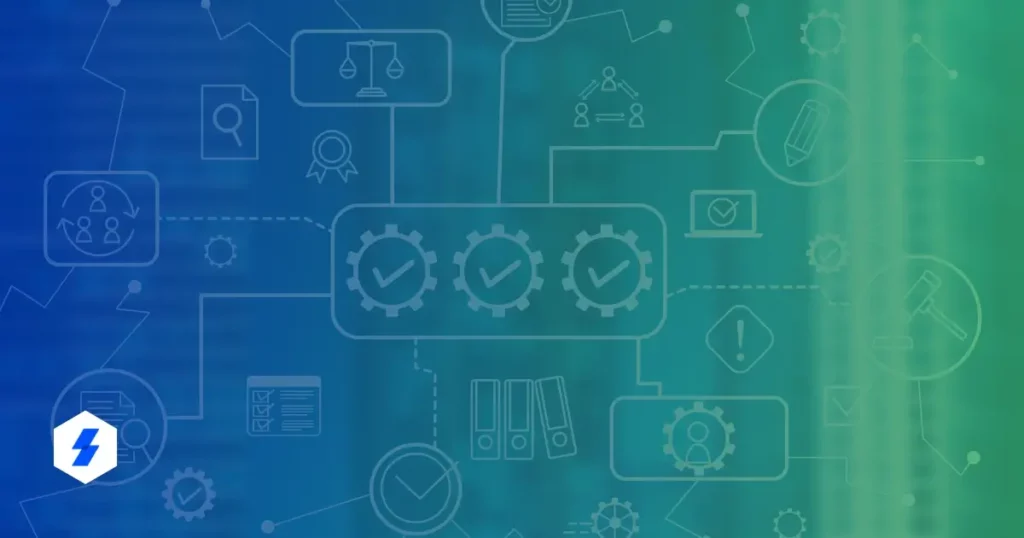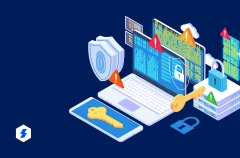Privileged Access Management for Finance and Banking
Manufacturing 4.0 – The Evolution and the Need for Privileged Access Management (PAM)
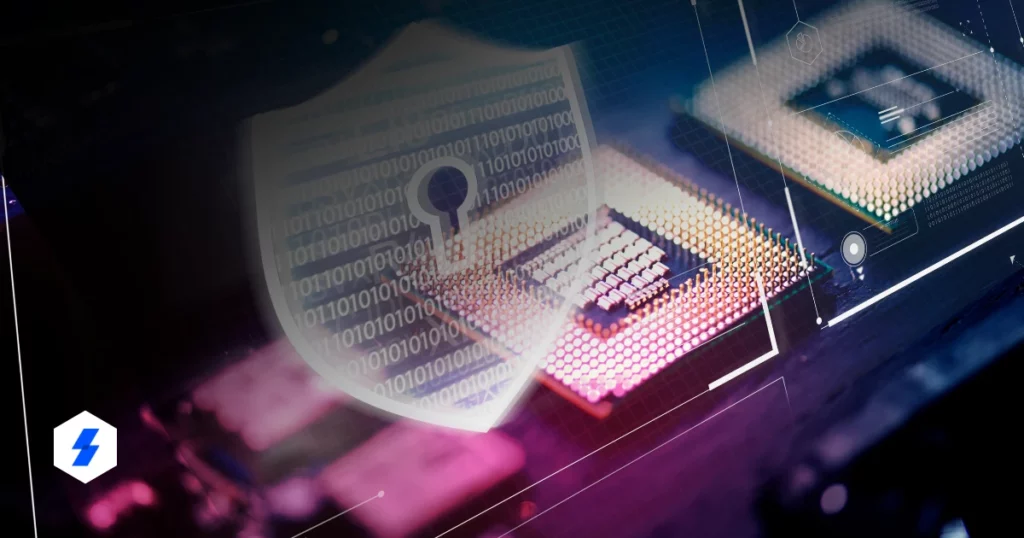
Password Management in Network Security:
What is it? Why is it Crucial?
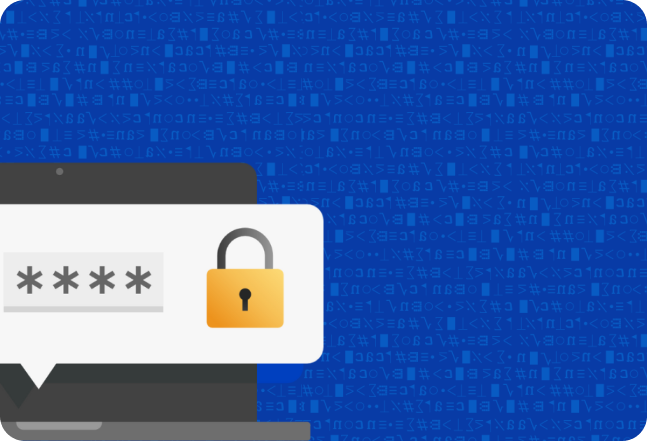
The adoption of technologies such as robotics, automation, 3D printers, and IoT over the last decade marked an era of the fourth industrial revolution, namely Manufacturing 4.0 or Industry 4.0. These technologies have been gaining a lot of momentum across manufacturers as they interface with the production lifecycle, enabling businesses to improve productivity through cost control and planning.
In this post, we talk about Manufacturing 4.0, the cyberattacks on it and implementing robust access security solutions that can protect manufacturers’ IT and OT networks.
What is Manufacturing 4.0?
In its universal understanding and application, the term Manufacturing 4.0 is directly related to the world of manufacturing.
According to the definition in Professor Klaus Schwab’s book, The Fourth Industrial Revolution, Industry 4.0 or Manufacturing 4.0 encompasses new technologies that combine the digital, physical, and biological worlds, impacting all industries and economies. The seamless integration of people, equipment, and software increases the flow, reliability, and speed of information among all systems of a manufacturer.
This industry 4.0 is growing and transforming like never before. However, the competitive advantage brought on by the deployment of these technologies does come with a risk of increased online vulnerabilities and cyber threats to organisations.
Cyberattacks in Manufacturing: An Ever-Present Hazard
Cyberattacks are reaching epidemic proportions when it comes to manufacturing.
Per IBM’s X-Force Threat Intelligence Index 2022 in 2021 ransomware actors attempted to “fracture” the backbone of global supply chains with attacks on manufacturing, which became 2021’s most attacked industry.
The indication of the value of business continuity, coupled with the commoditization of the attack methods and tools, made the manufacturers’ networks a prominent target, and menacing cases were soon to follow.
Several significant incidents in recent times highlight the threat that manufacturers face from targeted cyberattacks:
- In February 2022, Bridgestone Americas, a tire producer, confirmed a ransomware attack on them conducted by the LockBit group. The company had to halt their production for a brief period to prevent the malware from spreading.
- In 2019, Norsk Hydro, one of the world’s largest producers of lightweight metals, was hit by a cyberattack that suspended a part of the production and forced them to switch to manual operation, incurring costs of $52 million.
- In some cases, widespread attacks such as ransomware adversely affected leading industrial enterprises. They highlighted the monetary impact of business interruption, the most famous being the NotPetya ransomware. According to a White House assessment, the NotPetya ransomware crippled multiple multinational organisations, including pharmaceutical giant Merck, French construction company Saint-Gobain and the world’s largest shipping conglomerate, Maersk, in more than $10 billion in total damages.
A more software-centric approach and enhanced automation across the production chain have provided the threat actors with a larger attack surface to exploit.
The Aftermath of a Cyberattack
A successful security breach affects your bottom line, business standing, and, most importantly, customer trust. The impact of a cyberattack can be broadly divided into three categories – financial, reputational, and legal.
The Economic Cost of Cyberattacks
As we saw in the previous section, cyberattacks often result in a significant financial loss arising from:
- Theft of money.
- Theft of financial information (e.g., bank details or payment card details).
- Theft of corporate information, such as business secrets and Intellectual Property (IP).
- Disruption to trading.
- Loss of business or contract.
- Penalties for being negligent about customer data.
Businesses usually incur costs doing damage control when repairing affected systems, networks, and devices.
Reputational Damage
Trust is an essential element of a brand-consumer relationship. Security breaches can damage your business’s reputation and crumble the trust your consumers have for you. This, in turn, could potentially lead to the following:
- Loss of customers.
- Loss of sales.
- Reduction in profits.
Reputational damage can affect your relationships with your investors, partners, suppliers, and third parties vested in your business.
Legal Consequences of a Cyberattack
Data privacy and protection laws require you to protect all personal data you hold – whether it is on your staff or your customers. If this data is compromised (accidentally or deliberately) due to failure to deploy appropriate security measures, you may face fines and regulatory sanctions.
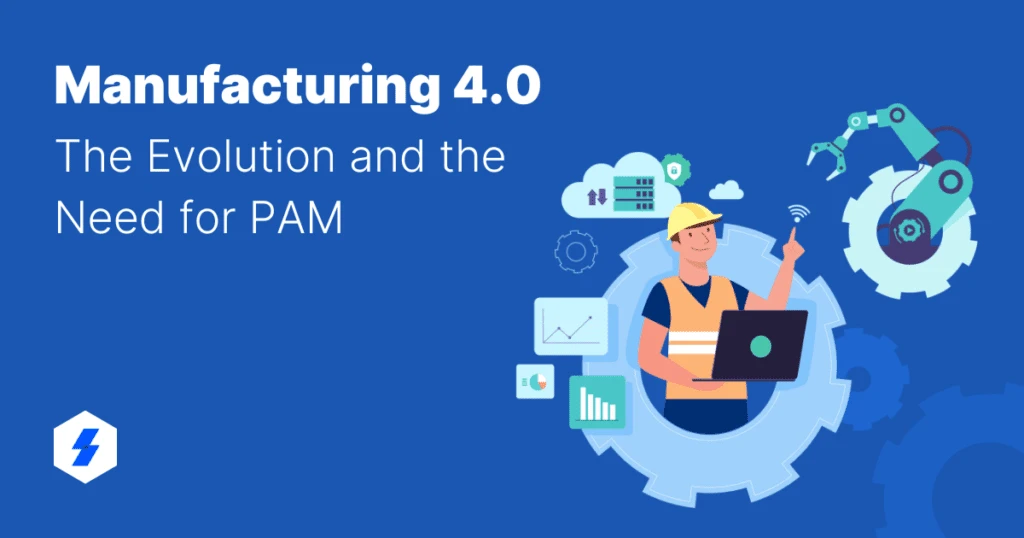
Implement PAM to Cruise Through the Manufacturing 4.0 Era
As much as Manufacturing 4.0 is a step in the right direction, it is done without stringent security measures in place. The industry is heavily dependent on legacy applications that are not supported by high-end security solutions. It thrives on a network of partners and third-party vendors, and many might have access to internal applications and processes that require elevated privileges. Access breaches in the network will certainly not bode well for the company.
An organisation that wants to implement security controls and mitigate the cyber risks associated with Manufacturing 4.0 must address the issues related to Privileged Access Management, or PAM.
Simply put, Privileged Access Management enables organisations to protect their privileged credentials. Gartner believes that a PAM solution helps organisations securely provide privileged access to critical assets and meet compliance requirements by managing and monitoring privileged access and accounts.
With a dedicated PAM, one can get the following:
Role-based Access Controls (RBAC)
PAM facilitates granting access rights to a user of the organisation based on defined attributes and roles. This control ensures that the system checks against the user’s rights, giving them access to the information only to which they are entitled.
Control Over User Devices and Access
A dedicated PAM solution establishes sessions for every privileged user with the capability to record all privileged sessions. With live session monitoring, IT teams can view all sessions in real time and quickly eliminate suspicious or unauthorised sessions.
Efficient Password Management
PAM tools provide a robust and automated password management module, which facilitates password rotation, ensuring that only designated users are allowed access to the right credentials. With a built-in vault, passwords are stored centrally in an encrypted manner, and passwords are rotated within the vault in line with desired password rotation policies.
Seamless Authentication and Authorization
Privileged accounts can still be potentially broken even with multiple security measures in place. A dedicated PAM solution adds an additional layer of security with multi-factor authentication when a user requests access, thereby ensuring to cover any gaps due to breached accounts.
Ensure Compliance
A robust PAM preserves session and access history. That is important from a cybersecurity regulations’ POV, as it provides a mandatory audit trail both internally and when the external auditors come knocking.
Access for Remote Employees and Third Parties
PAM provides third-party personnel role-based access to systems and applications without the need for domain credentials, thereby limiting access to privileged resources.
Need further information about Privileged Access Management? Get free access to Sectona’s PAM knowledge base.
How Can Sectona Help?
Simplify your privileged access security needs including, account discovery, delegation, governance, session management, remote device security and password management with Sectona PAM. You can seamlessly integrate Sectona PAM with your existing security solutions to manage privileges and secure your IT, OT and IoT devices.
You can monitor privileged user behaviour by leveraging the tool’s recording and analytical capabilities. And most importantly, you can comply confidently.
Do you have any burning questions related to cybersecurity or PAM? Let us assist you. Request a no-commitment call, and we will get in touch with you.
Recent Posts
GET SUPPORT


- © 2024 Sectona Technologies Private Limited. All rights reserved. All trademarks held by their respective owners.
- © 2023 Sectona Technologies Private Limited. All rights reserved. All trademarks held by their respective owners.
- Privacy Policy
- Terms
- Eula
- Responsible Disclosure
GET SUPPORT


- © 2023 Sectona Technologies Private Limited. All rights reserved. All trademarks held by their respective owners.
- Privacy Policy
- Terms
- Eula
- Responsible Disclosure





